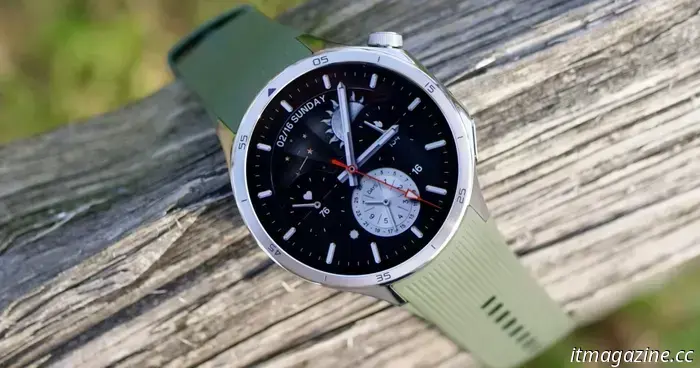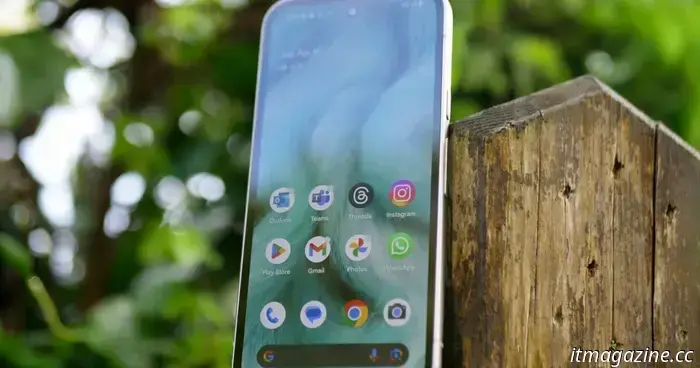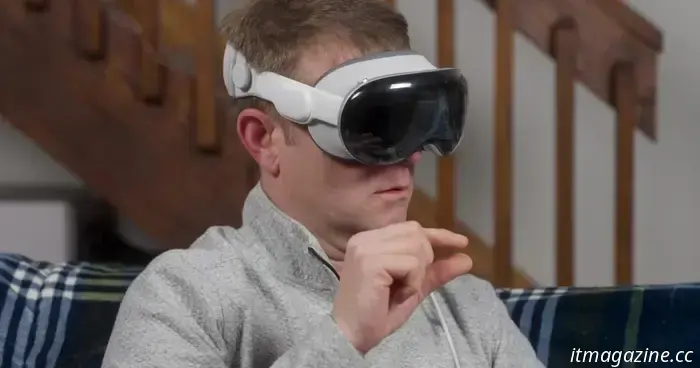
What is an RTOS, and could it be a solution to the issues faced by Google’s Wear OS?
Smartwatches have been around for over 25 years, but it was Apple’s introduction of the original Apple Watch just over ten years ago that significantly propelled the current smartwatch market. Early smartwatches focused mainly on fitness and featured a limited range of apps and creative watch faces, which were quite different from the advanced smartwatches we know today.
The main drawback of the Apple Watch is its exclusivity to the iPhone. To address this and tap into the demand from Android users, Google and its partners created an Android-based alternative. After several iterations, Wear OS emerged, but it continues to encounter various challenges even after many years.
To meet specific needs, brands like OnePlus are now utilizing RTOS (Real-Time Operating System), a specialized operating system well-suited for low-power tasks requiring precision, such as keeping time. But does RTOS resolve the issues faced by Google’s Wear OS? Let’s explore this further.
Key Advantages of RTOS
The Moto Watch Fit operates on RTOS only Nirave Gondhia / Digital Trends
RTOS has been utilized for a significant period. Before it found application in smartwatches, it powered a variety of devices and technologies that most people have benefited from, including heart pacemakers, flight ticket booking systems, and RADAR.
Smartwatches running RTOS typically use a platform known as FreeRTOS. This platform is designed to perform a specific set of functions on a single chipset with limited memory and does so without consuming much power. It provides a fast user experience and permits the use of advanced features, such as heart rate monitoring, without the need for a large battery or a robust chipset.
RTOS-based platforms have long supported smart devices that do not operate on Wear OS, like smartwatches from Amazfit or Xiaomi, and many top fitness trackers. The precision of RTOS makes it ideal for functions like heart rate tracking, but it does have a major disadvantage in comparison to Wear OS.
How Wear OS Surpasses RTOS
OnePlus Watch 3 (left) and Samsung Galaxy Watch 7 Andy Boxall / Digital Trends
While RTOS provides several advantages for consumers and manufacturers, its main drawback is limited app support. This reliance on the manufacturer's interpretation of fitness apps, features, and watch faces can hinder user freedom and complicate switching platforms without losing data.
In contrast, Wear OS removes these limitations and guarantees continuity across different devices on the same platform. Users gain access to a vast array of apps compatible with Wear OS, allowing for data retention while changing devices.
Similar to an Android phone, Wear OS accommodates all major apps and includes a dedicated section in the Google Play Store. It is designed to support every smart device but, due to the necessity for smaller batteries in wearables, it sacrifices some power efficiency.
The Competing Approaches of RTOS
Workout options on the OnePlus Watch 3 Andy Boxall / Digital Trends
Some manufacturers remain fully dedicated to Wear OS, with Samsung abandoning its Tizen-based OS to collaborate with Google on Wear OS, alongside various third-party manufacturers producing excellent Android smartwatches.
Conversely, brands like OnePlus and Motorola illustrate that RTOS can serve as a feasible alternative for smartwatches where battery life and efficiency are prioritized over advanced features. Consequently, two different RTOS implementations are emerging, each offering similar benefits.
Workout features on RTOS in the Moto Watch Fit Nirave Gondhia / Digital Trends
Motorola has recently introduced the Moto Watch Fit, which exclusively runs on RTOS. This necessitated developing a proprietary fitness application alongside several others to replicate the core functionalities of Wear OS. Meanwhile, earlier this year, OnePlus launched the OnePlus Watch 3, which merges RTOS and Wear OS within a single device through its innovative dual-architecture model.
Both devices leverage the advantages of RTOS; however, only one effectively mitigates the potential drawbacks associated with it.
Is RTOS the Solution to Google’s Wear OS Issues?
The OHealth companion app for the OnePlus Watch 3 Andy Boxall / Digital Trends
Designing a smartwatch with advanced fitness features is a challenging task. As Google expands the capabilities of Wear OS, modern Android smartwatches are demanding larger batteries. This situation forces companies to choose between larger batteries, smaller screens, higher pricing, or thicker designs, leading to compromises that detract from the overall wearable experience.
It’s understandable that manufacturers are turning to RTOS, but could it be the solution to the primary issues plaguing Wear OS? Battery life remains the biggest concern; while the Moto Watch Fit can last up to 16 days on a single charge, it lacks the benefits provided by Wear OS. Google might want to consider OnePlus’s dual-architecture method as a way forward.
Andy Boxall / Digital Trends
The OnePlus Watch 3 fluidly transitions between the RTOS platform for low-power tasks and Wear OS for advanced functionalities. The outcome is an optimal mix of features, along with






Other articles
 Star Wars icon Ian McDiarmid faces inquiries regarding the Emperor's romantic life.
Ian McDiarmid still finds it difficult to comprehend the familial revelations regarding the Emperor in Star Wars Episode IX.
Star Wars icon Ian McDiarmid faces inquiries regarding the Emperor's romantic life.
Ian McDiarmid still finds it difficult to comprehend the familial revelations regarding the Emperor in Star Wars Episode IX.
 The paranormal puzzle game Ghost Town represents a progression in virtual reality.
Ghost Town is an excellent new paranormal puzzle game from the makers of The Room series, and it's an essential title for VR fans.
The paranormal puzzle game Ghost Town represents a progression in virtual reality.
Ghost Town is an excellent new paranormal puzzle game from the makers of The Room series, and it's an essential title for VR fans.
 Google One subscribers may soon receive a highly significant eSIM feature.
The newest beta version of the Google Play Store indicates that you may soon have the ability to back up your eSIM.
Google One subscribers may soon receive a highly significant eSIM feature.
The newest beta version of the Google Play Store indicates that you may soon have the ability to back up your eSIM.
 5 insights I gained from using an extraordinary projector smartphone for a week.
The Tank 3 Pro is a smartphone equipped with an integrated projector and is one of the most fascinating pieces of technology I have ever experienced.
5 insights I gained from using an extraordinary projector smartphone for a week.
The Tank 3 Pro is a smartphone equipped with an integrated projector and is one of the most fascinating pieces of technology I have ever experienced.
 Answers for the NYT Mini Crossword on Monday, April 28.
The NYT Mini crossword may be significantly smaller than a standard crossword, but it's still quite challenging. If you're having trouble with today's puzzle, we have the solutions for you.
Answers for the NYT Mini Crossword on Monday, April 28.
The NYT Mini crossword may be significantly smaller than a standard crossword, but it's still quite challenging. If you're having trouble with today's puzzle, we have the solutions for you.
 Apple's budget-friendly Vision Pro headset might arrive earlier than anticipated.
Apple's less expensive XR headset is said to be considering simpler display technology, yet it may still harness the capabilities of the forthcoming M5-series silicon.
Apple's budget-friendly Vision Pro headset might arrive earlier than anticipated.
Apple's less expensive XR headset is said to be considering simpler display technology, yet it may still harness the capabilities of the forthcoming M5-series silicon.
What is an RTOS, and could it be a solution to the issues faced by Google’s Wear OS?
An increasing number of companies are moving away from Google's Wear OS platform in favor of wearables that utilize RTOS. But what exactly is RTOS, and could it be the solution to the issues facing Google's Wear OS?
